We may earn money or products from the companies mentioned in this post. This means if you click on the link and purchase the item, I will receive a small commission at no extra cost to you ... you're just helping re-supply our family's travel fund.
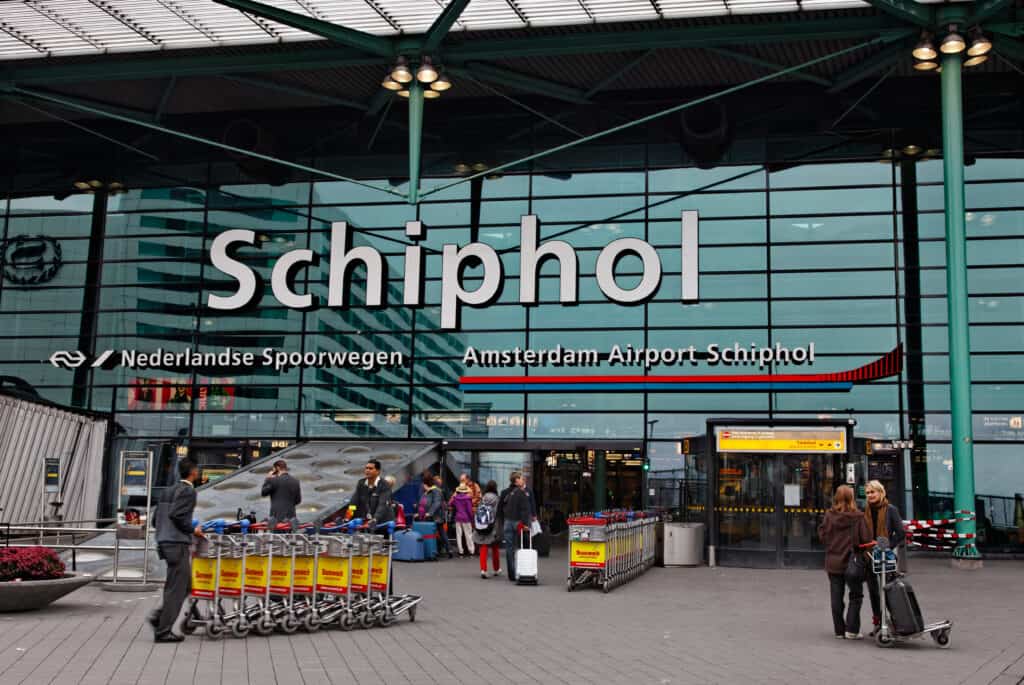
Airports keep growing, and some have outpaced the average pair of legs. Concourses stretch like small cities, piers split into distant satellites, and connectors hide after security. Moving walkways help in spurts, but many routes still ask for patience, water, and a steady stride. Families juggle strollers, business travelers chase tight connections, and everyone checks the time a little more than they planned. The planes leave on schedule. Feet arrive later, with a quiet promise to wear better shoes next trip.
Amsterdam Schiphol, Netherlands
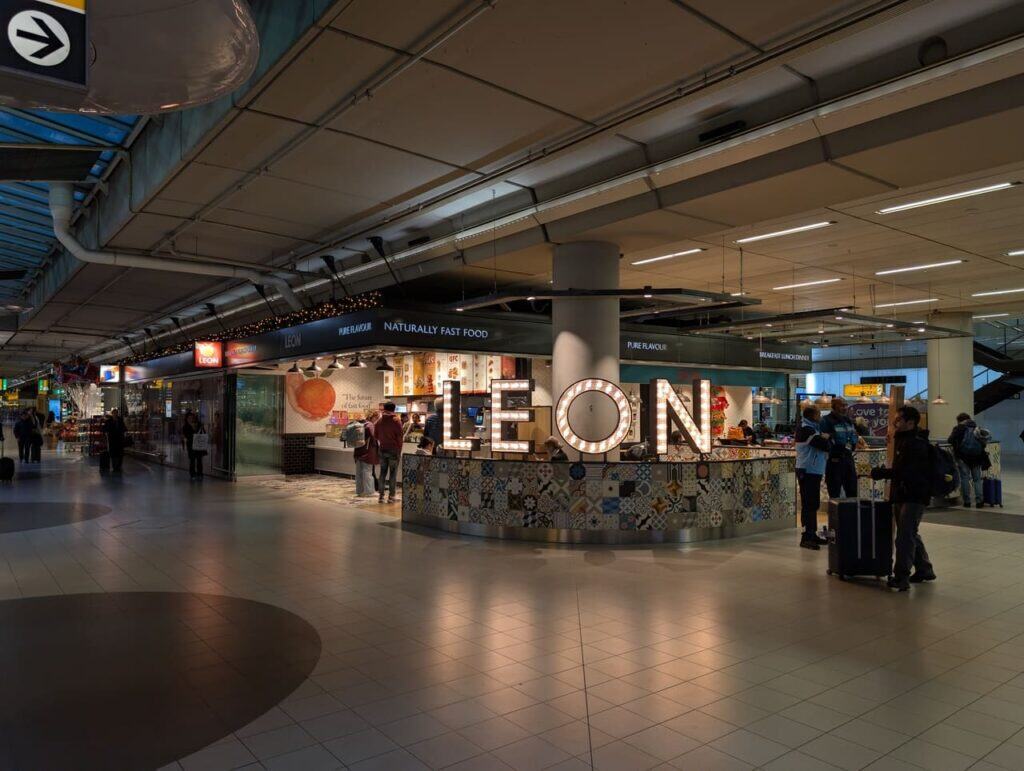
Schiphol looks compact on a map, then reveals piers that run deep into the distance. Gates at the tips of B, C, or G can feel like a marathon after passport control, and security funnels add surprise bends. Signage stays clear, but the final stretch often outlives the last announcement. Walkways help, only gaps between bands leave long, unassisted pushes. The reward is an efficient operation that still moves on time. The price is a stroll that becomes the day’s first workout.
Paris Charles de Gaulle, France

Beauty and logic often drift apart at CDG. Terminal 2 spools out in letters and satellites that connect with glass tubes and hidden turns. A simple gate change can trigger a long indoor hike punctuated by escalators and short moving belts. Immigration posts shift with the hour, so one flight floats through while another builds a queue. Trains link terminals, yet many paths still default to shoes. The airport delivers global reach with a side of cardio and a hint of maze.
London Heathrow, United Kingdom
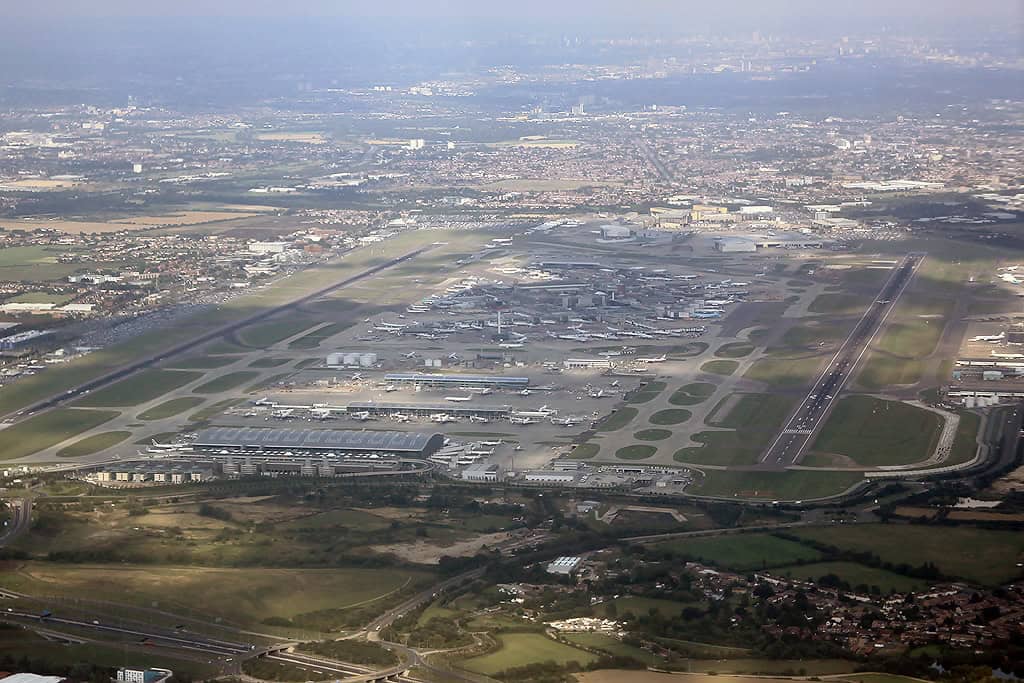
Heathrow’s Terminal 5 promises sleek lines, then sends travelers to distant A, B, or C piers that nibble away at the clock. Terminal 3 stacks long corridors after security, and inter-terminal transfers add their own detours. Signs are crisp, lounges shine, and connections work, only the distances refuse to shrink. The last 10 minutes often occur after the final moving walkway ends. By the time a gate appears, legs have met the real scale of a hub that never rests.
Frankfurt, Germany
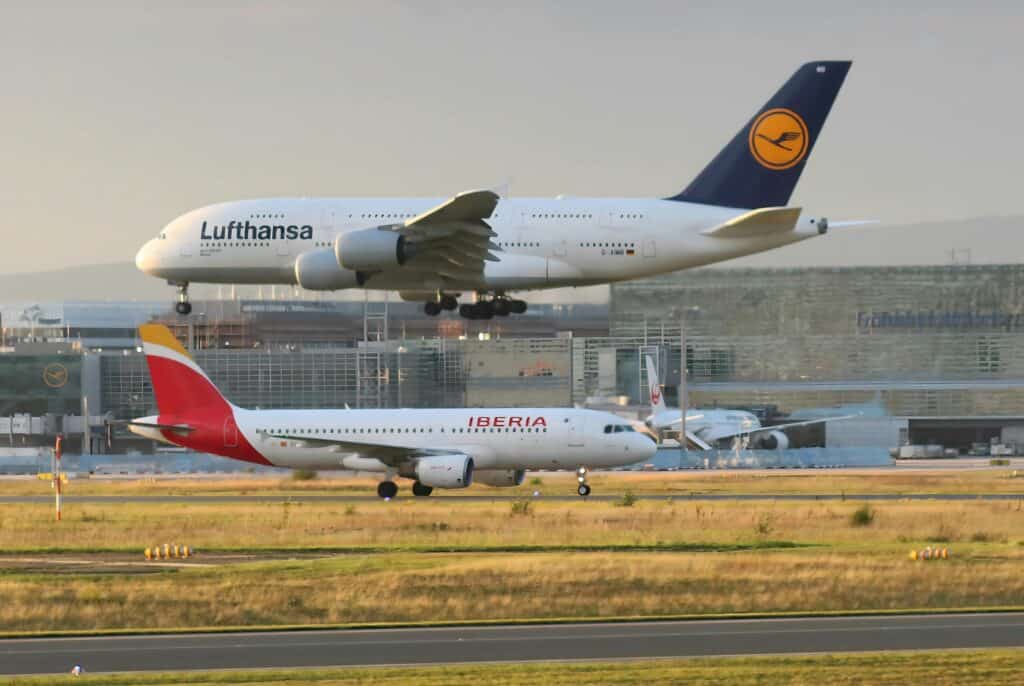
Frankfurt specializes in straight lines that never quite end. Z gates perch behind a serious passport check, and A or B can stretch past multiple food courts before the numbers make sense. The architecture stays logical, just long, with belts that start and stop like chapters. A late stand assignment can require a quick march that ignores every window display. The airport rewards punctual arrival and steady pacing, and it rarely apologizes for the distance between plan and gate.
Istanbul, Türkiye

Istanbul’s new airport feels like a capital city in steel and glass. Vast halls swallow crowds, and some international gates sit beyond a series of belts that only hint at the total distance. Window views keep spirits up while numbers climb slowly toward boarding time. Security and passport control scale impressively, yet a single detour for food can add another five minutes of pure walk. The reward is capacity and choice; the tax is a trek that leaves calves humming.
Dubai, United Arab Emirates
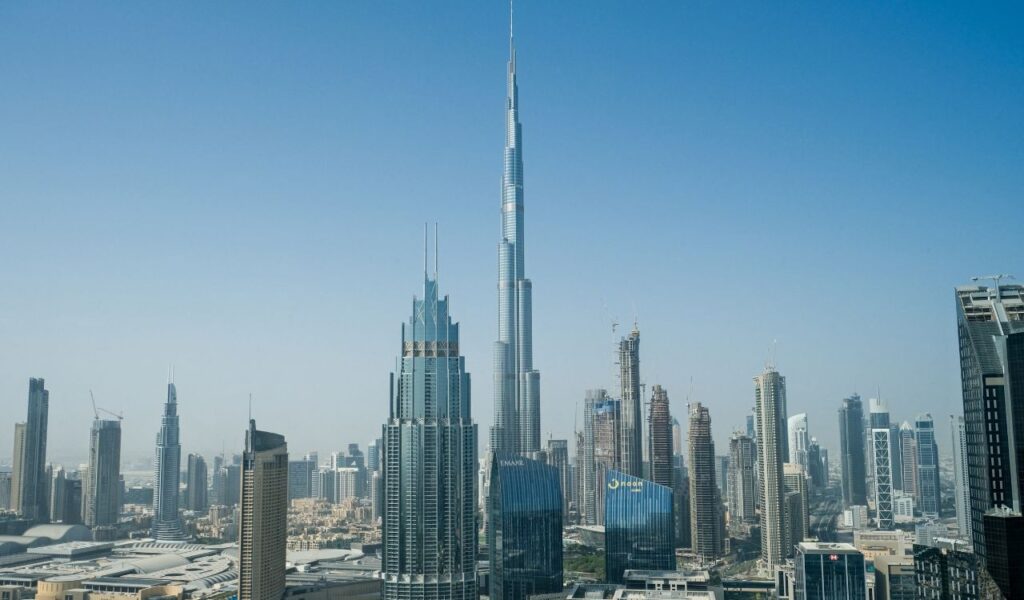
Dubai’s Terminal 3 arranges gates along endless gleaming corridors where everything looks close until the third moving walkway ends. Concourse A adds high gates reached by train and then more walking through glassy galleries. Lounges provide refuge, but gate calls often arrive with a note to start early. The operation runs like clockwork, which means the hike belongs to the traveler, not the timetable. By departure, duty-free bags feel heavier and a seat by the window feels earned.
Doha, Qatar
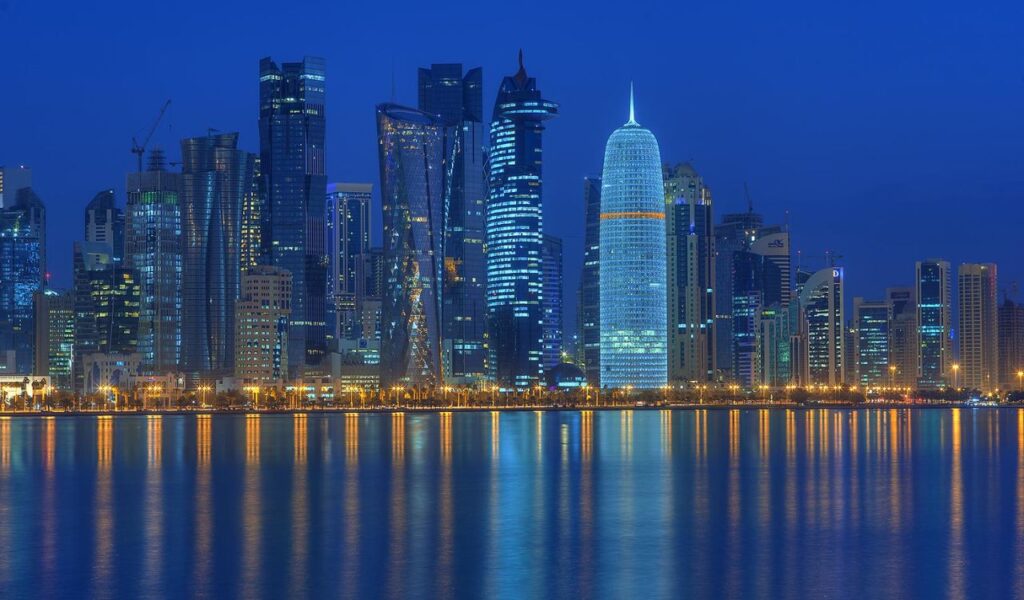
Hamad International pairs art, light, and long geometry. After security, the spine splits, and some gates live well past the last sculpture on the map. The space soothes, only the distance remains real, especially at night when step counts quietly rise. Trams link a few points, yet many routes still rely on careful pacing and a belief that the next turn will reveal a number that finally matches a boarding pass. It does, just beyond one more steady walk.
Beijing Capital T3, China
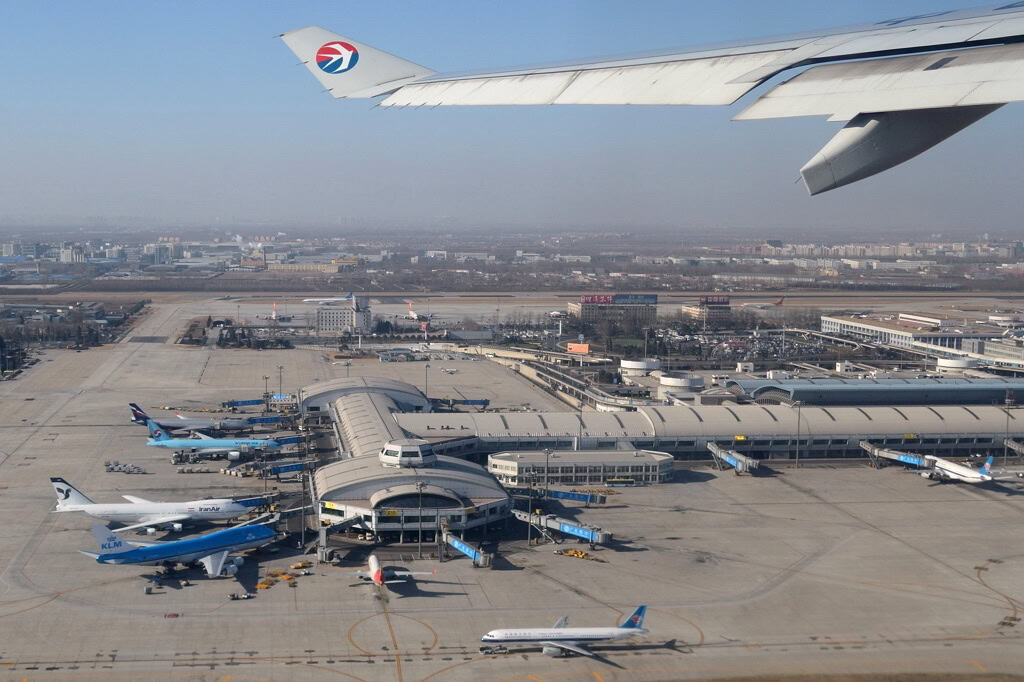
Terminal 3 was built to impress, and it does, with soaring volumes and remote piers that whisper “keep going.” Domestic and international zones branch apart after checks, then reconcile only after a long parade of gates. Walkways cover sections, not the whole, and signage favors clarity over shortcuts. The result is a smooth experience that still measures in thousands of steps. A simple coffee stop can become a tactical choice, because every detour lengthens the last approach to the jet bridge.
Chicago O’Hare, USA
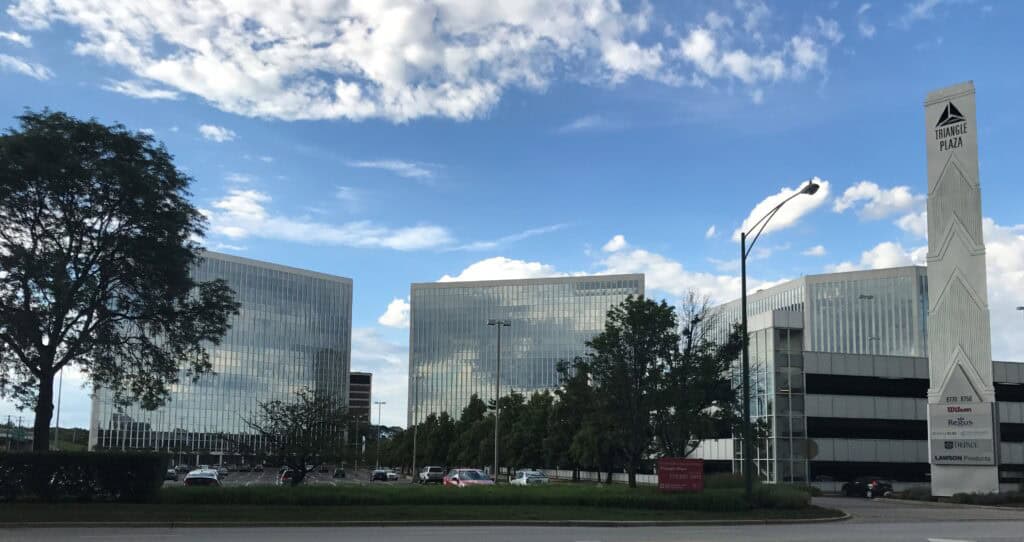
O’Hare mixes older concourses with new connectors, and the sum often equals a surprising hike. International arrivals into Terminal 5 face a re-clear and then a shuttle or train, while long domestic walks between B and C unfold in glass tunnels that look shorter than they are. Construction seasons add detours that move the finish line mid-stride. The airport delivers reach and frequency in every direction, but many gates still greet travelers with a pant and a promise to stretch next time.
Denver, USA

Denver keeps flights in three long concourses where the end gates feel like neighboring counties. The main train helps between buildings, yet many routes within a concourse remain pure sidewalk. Winter coats bulk up backpacks, altitude adds a whisper to the lungs, and the final gate appears just as the group begins to line up. Seating is plentiful, only much of it lives behind the last turn. The skies stay friendly, and the path to them stays unapologetically long.